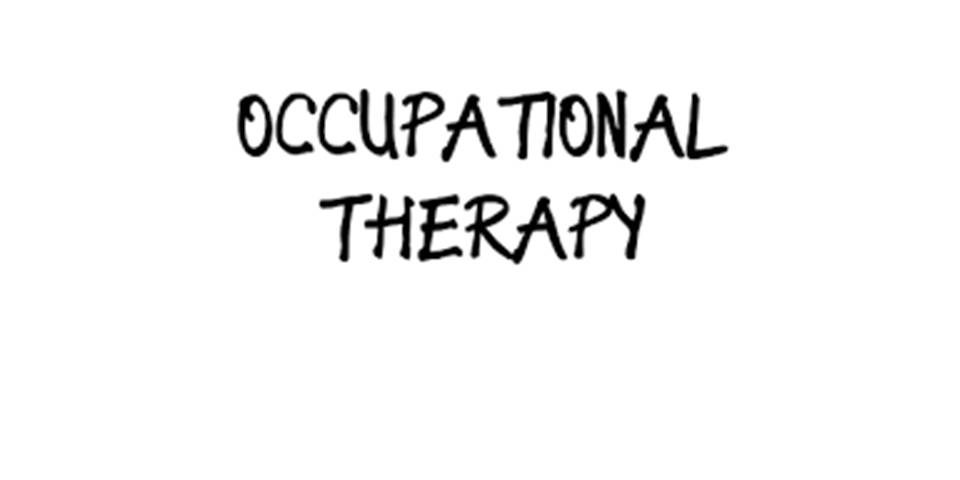
Strokes and the paralysis following it are no longer a matter of surprise. With stress acting as an active participant in all areas of our lives, individuals as young as 20 are suffering from strokes. But what really is a stroke?
A stroke is an event that takes place when the vessel that supplies blood to the brain gets either ruptured or damaged. In such a scenario, the brain cells start struggling for oxygen eventually resulting in brain damage.
Below are a few contributing factors that may result into strokes or paralysis of any kind:
How Can Occupational Therapy Be Of Aid?
Patients may find it challenging to carry out their day to day tasks after suffering a stroke and paralysis of some part of their body. In such a scenario, Occupational Therapy (OT) helps a patient recover their sensory and motor abilities when they lose it to a stroke or surgery.
An occupational therapist plays a significant role in helping a stroke patient regain their life during the post-stroke recovery period. Occupational Therapists teach patients how to break big tasks into small activities and achieve them in the right manner.
How Does An OT Make Patients’ Independent?
OT helps reduce patients’ dependence on family members, thereby improving the client’s sense of self-worth, confidence, and hope, thereby improving the recovery outcome.
The therapist would focus on regaining function and strength in the paralyzed arm and leg while simultaneously increasing the client to improve their independence via training in compensatory strategies and adaptive devices to make the most of the present abilities.
When adaptive equipment isn’t readily available, the Occupational Therapist helps to fabricate them and trains patients to use them to their advantage. OT impacts work-life and leisure activities and looks into the accessibility of home and public spaces for the client, including work desk adaptations for wheelchair use.
Occupational therapy teaches stroke survivors how to compensate for their functional and physical impairments OT also stresses the importance of exercising, doing movements, and using limbs on the affected side that is relatively weak / paralyzed.
Conclusion
It is difficult to identify any fixed timeline of recovery for stroke survivors. The patients may take a few weeks, or months or even years to recover in some cases. The recovery rate/patient outcomes are definitely better following a stroke or paralysis if occupational therapy help is sought from the start
It has been noticed that many stroke survivors face challenges in living their life happily. With the help of an occupational therapist, the patients can more smoothly perform their daily tasks like cooking, dressing, bathing, driving, and many many more. They would be more prepared to return to the workforce too after getting thorough practice and expert rehabilitation under the guidance of an Occupational Therapist.